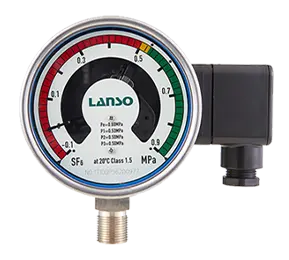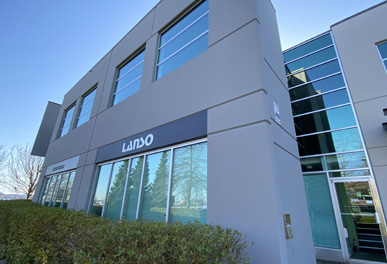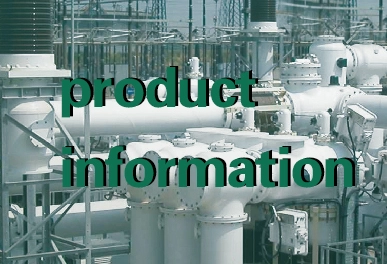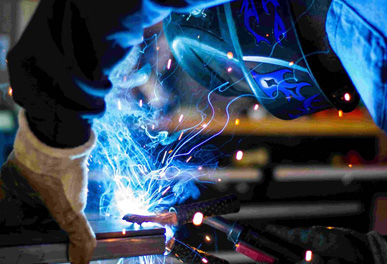Overview of SF6 Gas Density Relay
The most commonly used SF6 Gas Density Relay is actually a pressure gauge with charged contacts and temperature compensation. The insulation and arc extinction (circuit breaker chamber) properties of the insulation and arc extinction in the gas chamber depend on the density and purity (impurities, water content) of SF6 gas in the chamber connected to the gauge.
The SF6 gas density relay is used to monitor and control high-voltage electrical equipment gas chambers for gas-insulated equipment (GIS), high-voltage cables, transformers, and reactors to ensure safe operation of electrical equipment by promptly issuing warning signals, locking signals, or overpressure signals in case of SF6 gas leaks in the electrical equipment.
The density relay displays the pressure of gas at 20°C, and the temperature compensation mechanism inside the gauge compensates for the displacement of the pointer with temperature changes, ensuring that the pressure at 20°C is always displayed regardless of the ambient temperature. This pressure is only related to the density of SF6 gas.
For the circuit breaker chamber, there are rated, alarm, and lock values. For other gas chambers, there are only rated and alarm values. Moreover, the rated value of the circuit breaker chamber is slightly higher than that of other gas chambers.
The pressure contact in the circuit breaker gas chamber is connected to the low-pressure lock relay circuit, and the auxiliary contact of the relay is connected in series with the control circuit of the circuit breaker. When the pressure drops to the lock value, the auxiliary contact in the control circuit cuts off the on/off circuit of the circuit breaker (total lock), issuing a control circuit disconnection signal.
Purpose of SF6 Gas Density Relay Calibration
According to statistics, more than 70% of electrical equipment faults are due to a lack of effective maintenance. Due to various reasons such as equipment vibration and aging, the SF6 gas density relay may change its performance or even lose its monitoring function during long-term operation.
For example, after long periods of inactivity, the pointer may become stuck or unresponsive, and the contacts may have poor contact. some may also have poor temperature compensation performance, which may cause false triggering of the SF6 gas density relay when the ambient temperature changes. Therefore, timely calibration is necessary to ensure that the SF6 gas density relay meets stability standards.
Regular calibration of the SF6 gas density relay during operation can provide important reference for equipment operation maintenance, turning passive repair into active prevention and routine maintenance into professional maintenance, improving the safety and reliability of equipment.







